20899 (Tp_bHLH2_PAS) regulator [Rayko]Thalassiosira pseudonana
| Chromosome | Product | Transcript Start | End | Strand | Short Name | |
|---|---|---|---|---|---|---|
| 20899 | chr_1 | (Tp_bHLH2_PAS) regulator [Rayko] | 1883397 | 1886582 | + | regulator [Rayko] |
| NCBI ID | Ensembl Genomes exon ID |
|---|---|
| 7443138 | Thaps20899.2, Thaps20899.1, Thaps20899.3 |
| Expression Profile | Conditional Changes | Cluster Dendrogram | Discovered Potential cis-Regulatory Motifs |
|---|---|---|---|
Thaps_hclust_0037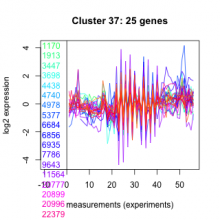 |
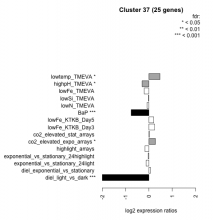 |
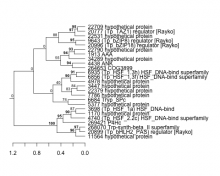 |
 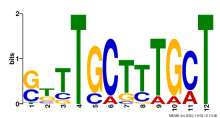 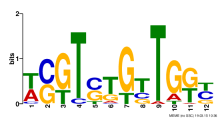 |
| Normalized Mean Residue | Discovered Potential cis-Regulatory Motifs | |
|---|---|---|
|
Thaps_bicluster_0090 |
0.39 |
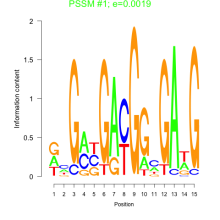 0.0019 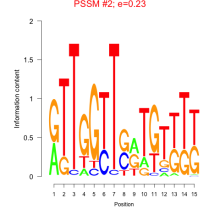 0.23 |
Not available
| T. pseudonana | P. tricornutum | P. tricornutum DiatomCyc | F. cylindrus | Pseudo-nitzschia multiseries | E. huxleyi | C. reinhardtii | A. thaliana | P. sojae |
|---|---|---|---|---|---|---|---|---|
| 23967 | Not available | 174643 | 205449 | Not available | Not available | Not available | Not available |
| KEGG description | KEGG Pathway |
|---|---|
| Not available | Not available |

Add comment